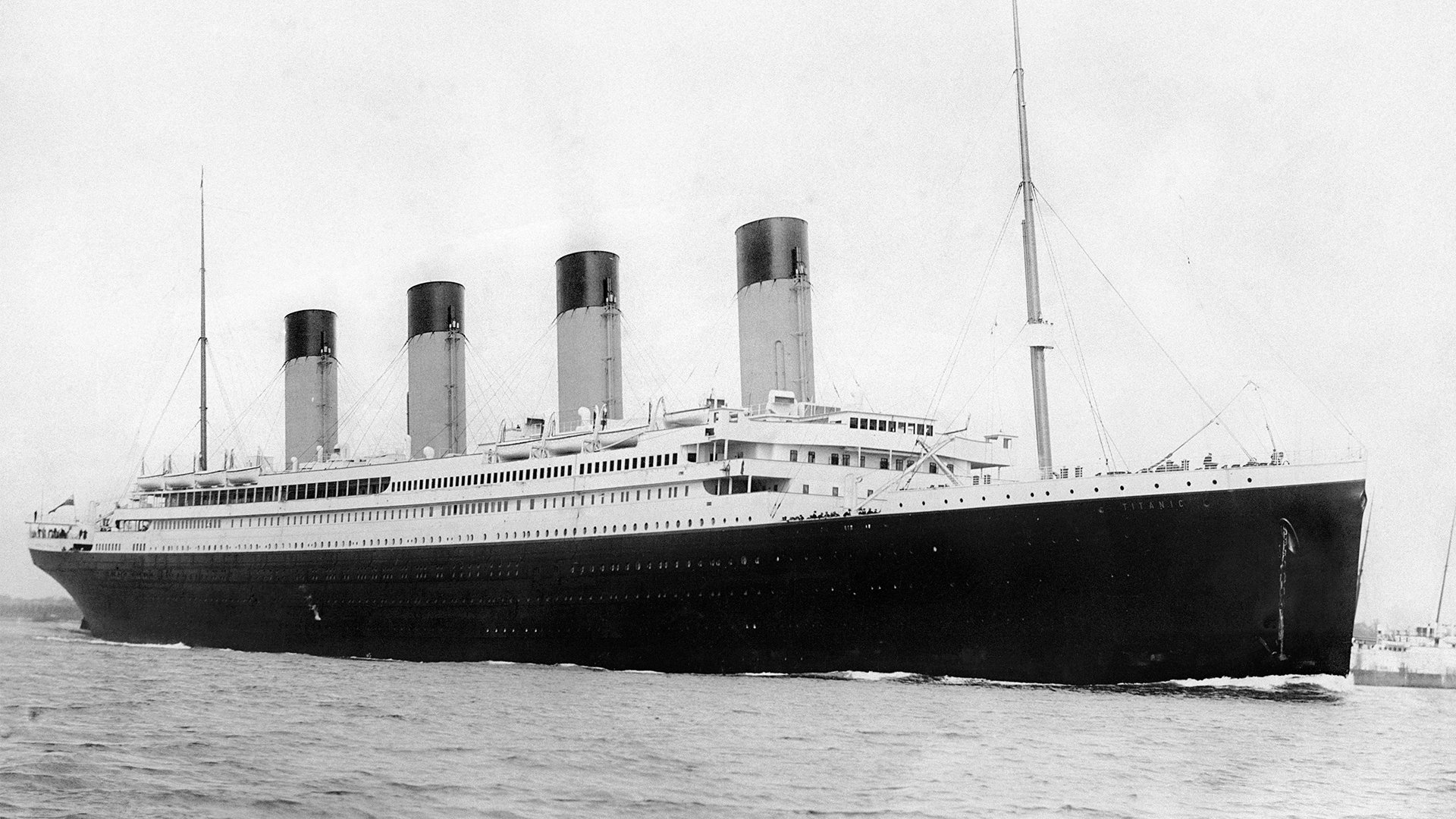Nature continues to be a
source of inspiration for roboticists. Donkey-like pack robots can haul hundreds of pounds of gear across uneven terrain, jointed robo-snakes can wind their way up tree trunks, and gecko-like machines can scale impossibly slick walls. Now, researchers in South Africa have turned to cheetahs. Amir Patel and Martin Braae from the University of Cape Town recently introduced Dima, a speedy remote-controlled car that flicks its feline-inspired tail to make quick, high-G turns.Evan Ackerman, reporting for IEEE Spectrum:
After a bunch of experiments with both tail-less and tailed versions of Dima, results showed that the addition of the actuated tail allowed the robot to make stable turns at over twice the speed that it would be able to otherwise (7.5 m/s as opposed to 3.1 m/s).
Dima’s tail acts as a counterbalance to the car’s high center of gravity. (Other tailed robot vehicles, like Robert Full’s example, use tails to control the horizontal motion of yaw rather than its fore-aft counterpart, roll.) Normally, top-heavy cars are poor handlers, and engineers go to great lengths to push as much of a vehicle’s weight as low as possible.
Vehicles with low centers of gravity are remarkably stable. Take the Tesla Model S, for example. The bulk of the car’s weight is tied up in its batteries, which are are located under the floor of the passenger compartment. The Model S is so unflappable that, to test the strength of its roof in a rollover, crash testers had to devise a new way to get the vehicle to turn over—they couldn’t get it to flip at normal test speeds.

Some vehicles, though, can’t be that low to the ground. Off-road racing trucks, for example, have to be jacked up to clear obstacles, a necessity which robs them of speed on turns. The same is true of military Humvees. An actuated tail like Dima’s could help keep them stable without sacrificing handling or ride height. Even vehicles that are low to the ground could benefit. Turning transfers a vehicle’s mass to one set of tires, reducing overall grip. A movable tail could help keep the mass more evenly distributed over all four wheels, providing more grip and allowing the vehicle to make turns at even higher speeds.
Read more about bioinspired robots here at NOVA Next.



